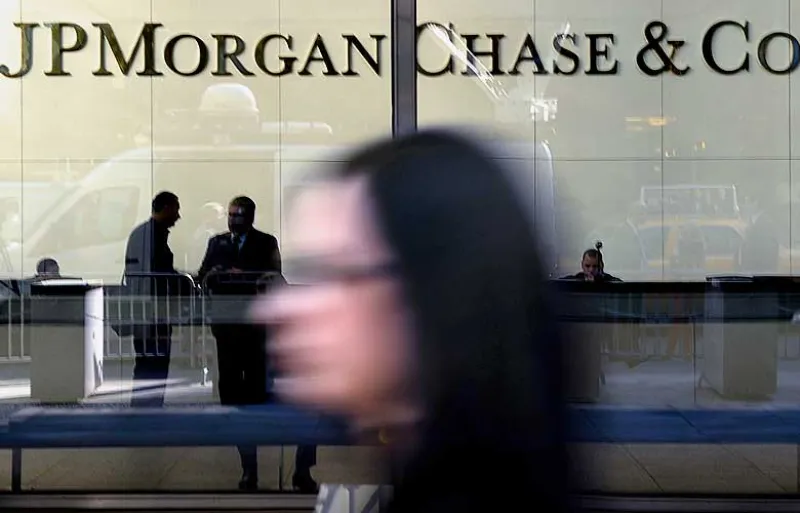After six straight years on top, Bank of America Merrill Lynch was dethroned as Institutional Investor’s Top Global Research Firm.
Long-time runner-up JPMorgan Chase & Co. finally eked out a win in the 2017 tally, amassing 220 positions across 11 research team surveys II conducted in 2017. BofA Merrill followed closely behind, with 218 positions total.
JPMorgan’s global head of research, Joyce Chang, tells II the firm has focused on continuing to expand its already extensive research coverage, ramping up its efforts in regions where the bank is not currently a top investment research provider, like China.
“We continue to have one of the broadest coverages,” Chang says, pointing to the 3,521 stocks already covered by JPMorgan analysts. “One plan next year is continuing to invest and increase coverage of China A-shares.”
The bank’s plans for world domination come at a time when the broader sell-side research industry is at a crossroads. Long-awaited regulatory changes will arrive at the start of next year in the form of MiFID II, the update to Europe’s Markets in Financial Instruments Directive, which unbundles research from trading costs — putting pressure on analysts to justify their value. Meanwhile, a mass of new information and data sources has entered the playing field, with the potential to forever change the way investment research is conducted.
Although MiFID II remains largely a wait-and-see situation, according to BofA Merrill global research head Candace Browning, each of the top-three research firms — JPMorgan, BofA Merrill, and UBS — has made strides this year in the area of big data. Browning says her firm has focused this year on increasing its use of big data analytics, citing for example the adoption of external data sets like company data from job search site Glassdoor.
“We continue to look for data sets that can provide external insights to our clients,” Browning says.
JPMorgan has similarly placed a “real focus” on big data and new technologies like artificial intelligence, according to Chang. The bank has expanded its use of tools like natural language generation, used to produce machine-written reports, and is working on automating tasks like scraping data from the web.
A new Quantitative Council, launched in September, will continue to promote the integration of quantitative techniques into JPMorgan’s research products, Chang adds.
“The purpose of the Quant Council is to make sure we are adhering to best practices across research but also continuing to develop uses of big data and AI — including what we can do with our own proprietary data,” she says. At UBS, a traditional research analyst department is supplemented by a team of specialists focused on alternative data analysis and insights, known as the Evidence Lab. Barry Hurewitz, global chief operating officer at UBS Group Research, says the division has been scaled up “quite rapidly” since its launch four years ago, with research output exploding from roughly 45 reports in the first year to around 2,000 per year.
“The biggest investment we have made is in our platform,” says Juan-Luis Perez, global head of research at UBS.
The firm climbed to third place overall this year, with 166 team positions across II’s 2017 surveys. In equities research, however, UBS is first, beating out BofA Merrill and JPMorgan with 162 ranked equity analysts. “We are trying to develop a new culture where both types of research” — traditional analyst-driven security evaluation and new innovations in investment research — “are deeply respected,” says Hurewitz.







